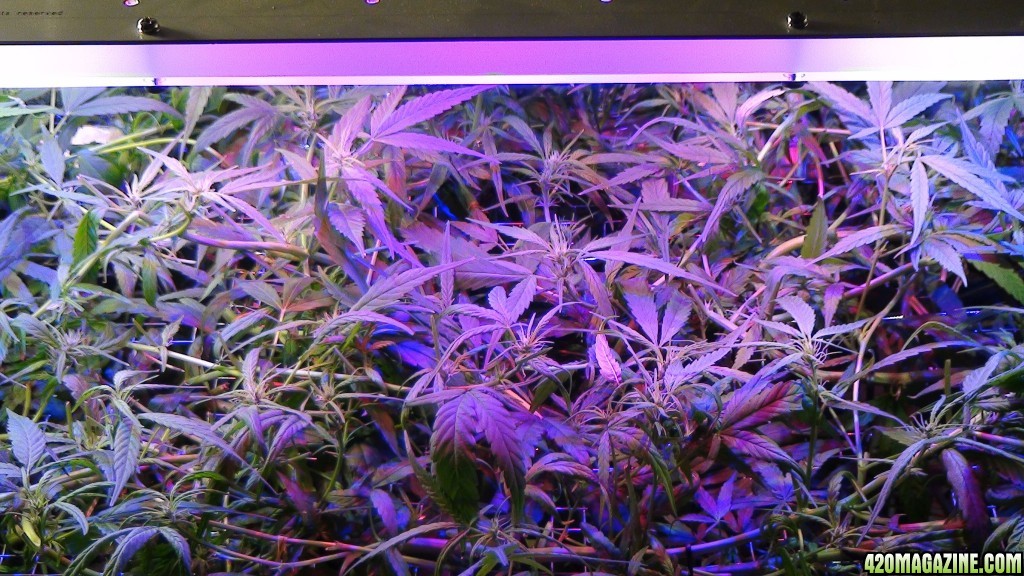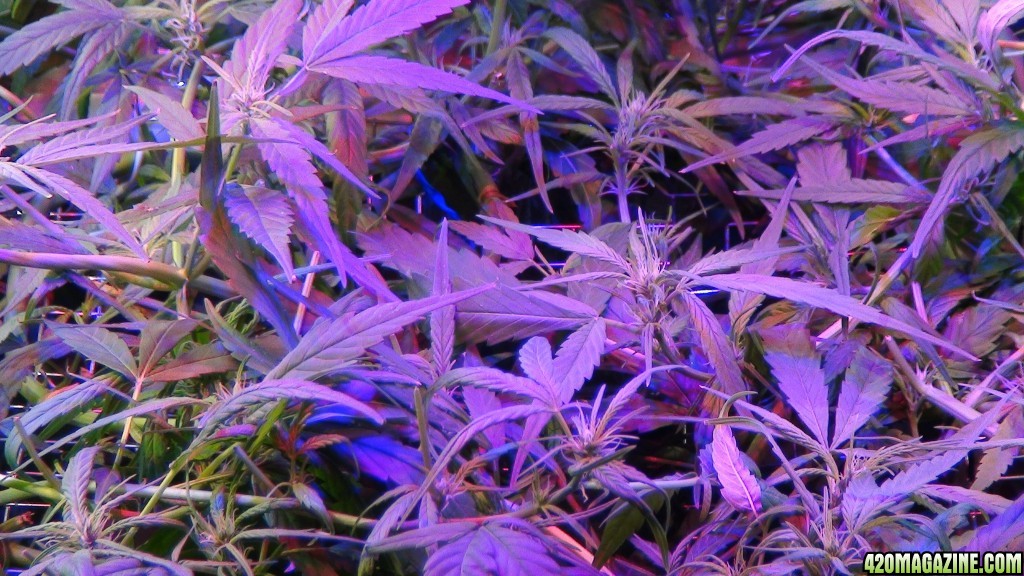junglebuds
New Member
Just wondering if anyone has used these lights or if anyone could tell me what they think. I am growing and flowering 4-6 plants in a 4 x 4 x 6' room and was thinking 4 of these. I can't use anything larger than a 400W HPS or MH because of limited ventilation.
150W LED Grow Light Flower VEG Switch Reflector Increase Yields Grow Lamp Panel
Thanks for your feedback
150W LED Grow Light Flower VEG Switch Reflector Increase Yields Grow Lamp Panel
Thanks for your feedback








